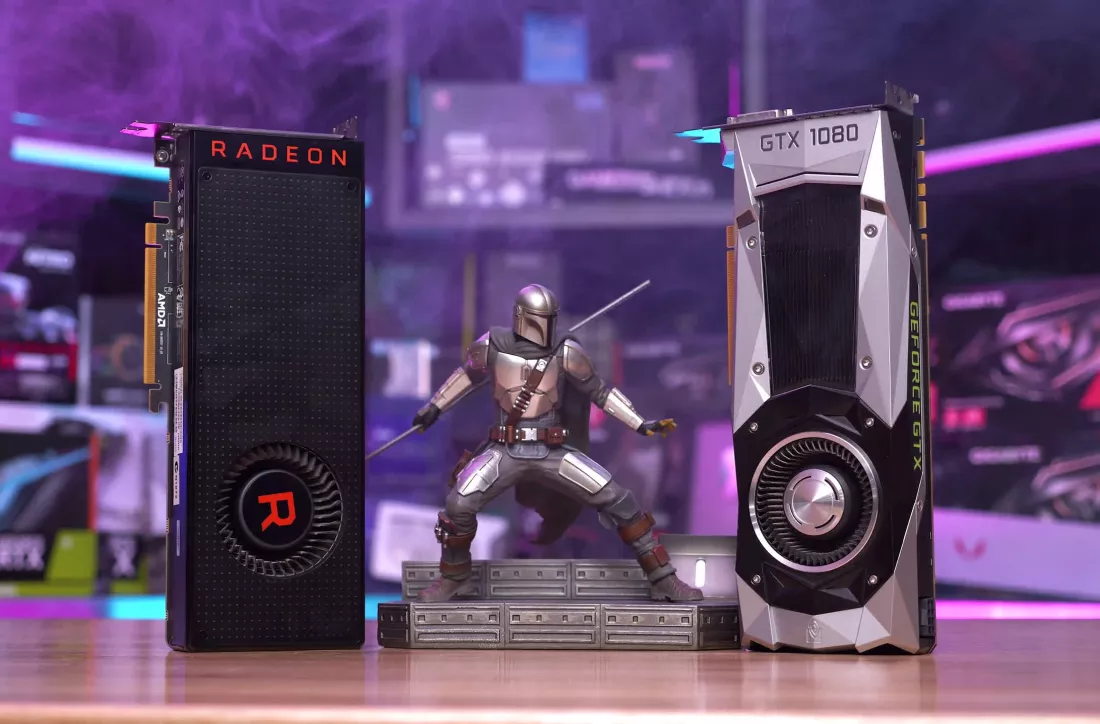Today we’re dusting off our old Radeon Vega 64 graphics card and comparing it with our recently dusted off GeForce GTX 1080, because why not, it could be interesting, so here’s what’s probably going to be our last big revisit to the Radeon Vega GPU on a 51 game benchmark that includes many modern titles.
We weren’t huge fans of the Radeon Vega series, especially Vega 64. It wasn’t a terrible product, but in our opinion, it was also far from a good one. In a nutshell, Vega 64 arrived a year late to compete with the well-established GeForce GTX 1080. It tried to do so at the same price, while generally offering less performance. It also chugged power — more than an overclocked GTX 1080 Ti.
The AMD reference design was also pretty bad. It was hot, loud, and often throttled. There were very few partner models to speak of, and almost none of them were any good.
Meanwhile, there were dozens of quality GTX 1080s to pick from and many of them had been readily available for quite some time. As a result, we often recommended the GTX 1080 over Vega 64 and we think the time has proven that was the right choice.
We should mention however that there were times when Vega 64 was selling at heavily discounted prices, so if you got one cheap, then it probably worked out nicely for you.
All that aside, AMD Vega 64 is now 5 years old and we haven’t revisited it since 2018, so how does it stack up head-to-head with the GTX 1080 in 2022?
We recently saw that the old Pascal GeForce GPU tends to struggle a bit in modern titles, either due to its aging architecture that lacks hardware support for technologies such as async computes, or a lack of driver optimization, which no doubt plays a key role.
Vega 64 was a more forward-thinking architecture that was more compute-heavy, so it should be interesting to see how this match-up has turned out half a decade later.
We should note that our 27-game comparison back in 2018 saw the GTX 1080 win this rivalry by a 5% margin at 1440p, so overall performance was similar, but as we’ve explained, there were other factors at play (or rather, shortcomings) that ultimately saw us go with Nvidia for this battle.
For testing, we’re using our Ryzen 7 5800X3D test system using 32GB of DDR4-3200 CL14 memory along with the latest available display drivers. Resizable BAR has been enabled for all of the 51 games tested at 1080p and 1440p, and we’ll take a close look at the data for about a dozen of the titles tested before jumping into the usual breakdown graphs.
Gaming Benchmarks
First up we have Fortnite and this is an old but also new title as Epic continually updates the game and has recently moved it to Unreal Engine 5. Unfortunately, though, the DirectX 12 version of the game is broken, as it suffers from constant stuttering using either AMD or Nvidia GPUs, forcing us to test using DX11.


Comments are closed.